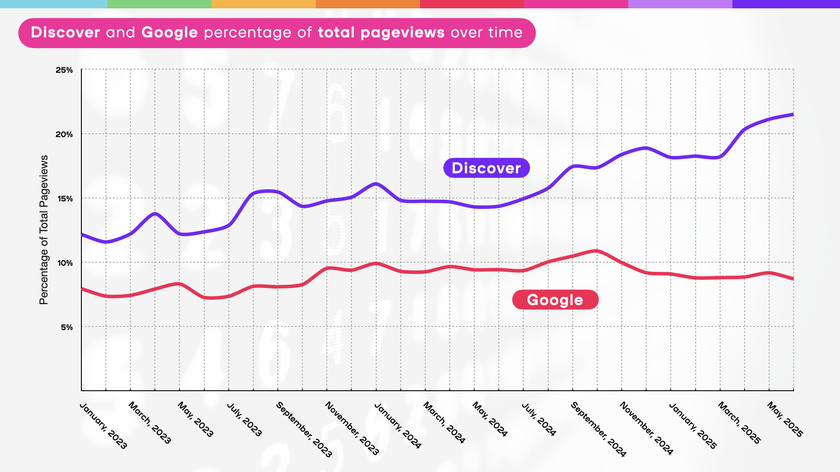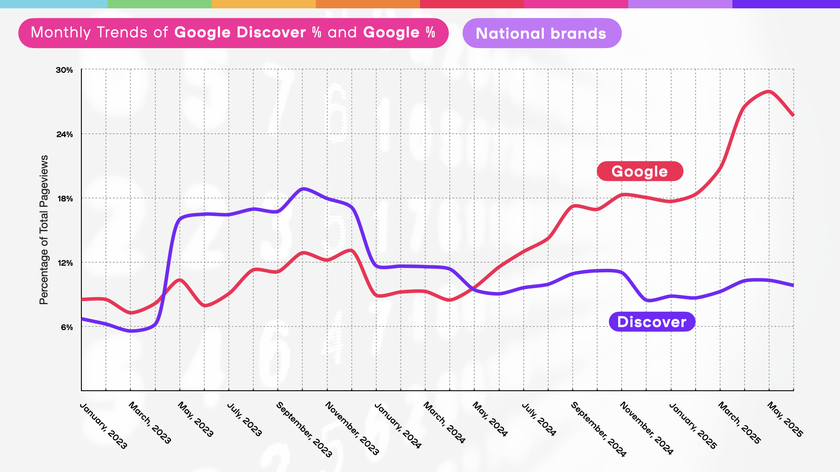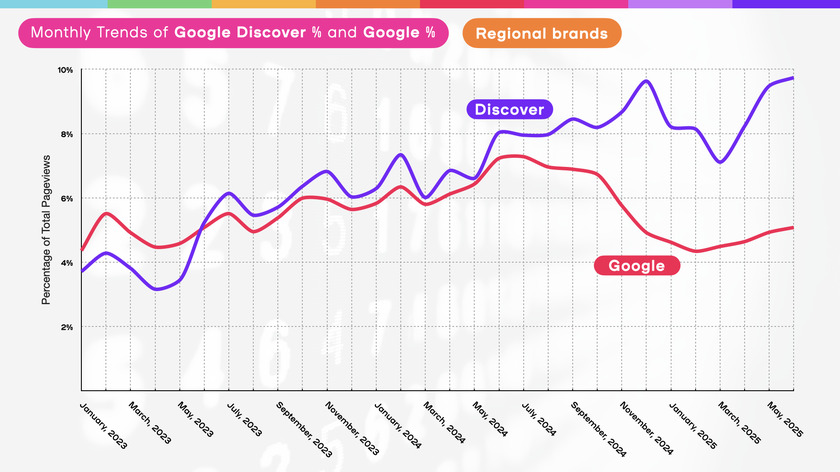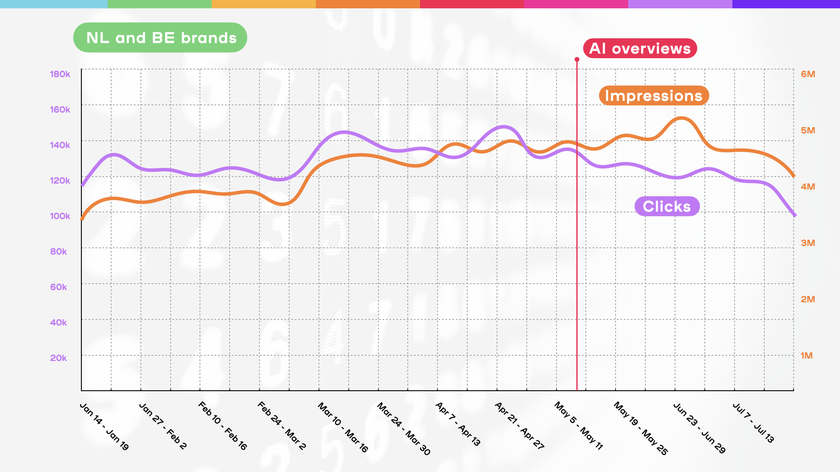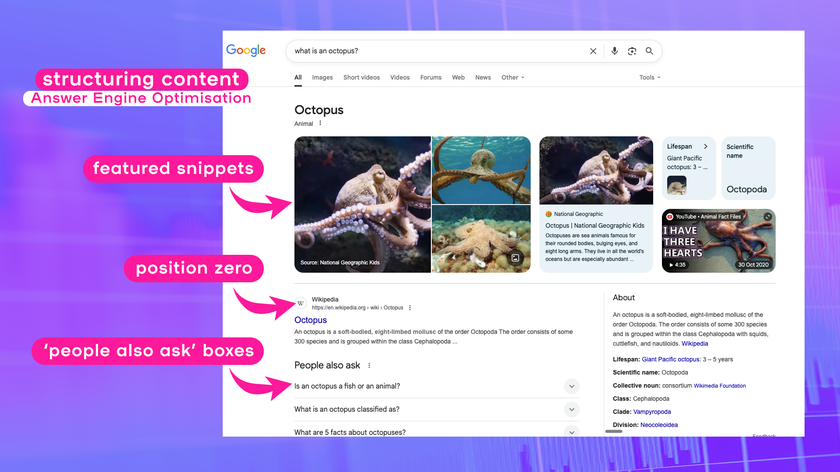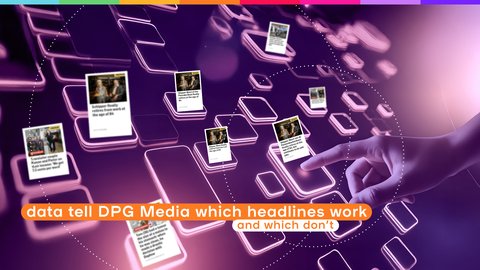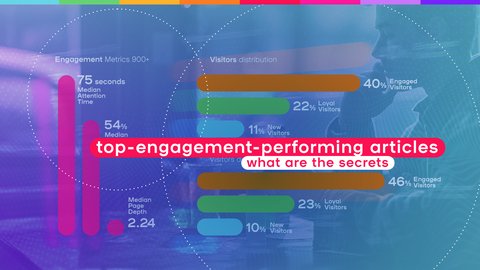According to industry observers, news sites could face serious challenges if Google continues to overhaul its search engine. While smartocto has yet to see a significant drop in traffic, newsrooms would be wise to remain alert.
Visitors arriving via search engines still represent a vital traffic source for publishers. But since the introduction of Google’s AI Overview, concern has grown. The logic, according to many publishers, is simple: if Google uses the content of articles to answer users’ questions directly, why would people still click through to the original source?
One of the most authoritative publications on the state of journalism, the Digital News Report by the Reuters Institute, summed up these concerns as follows:


